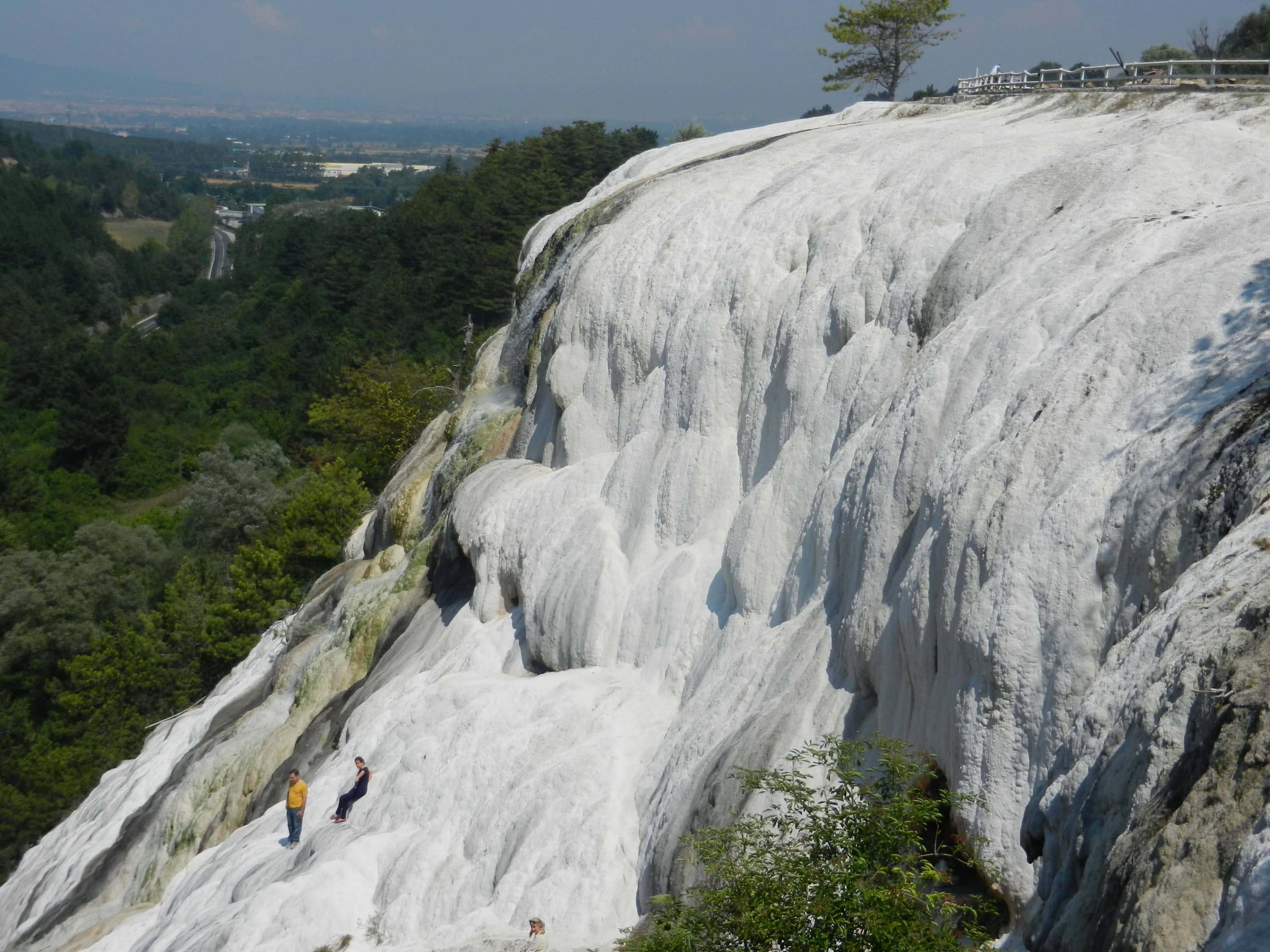Türkiye – The most beautiful road trip routes
Whatever the destination, it is often said that getting there is the best part of the trip. Türkiye certainly offers the finest of both experiences. Bordered by the Mediterranean, Aegean and the Black Sea, this majestic paradise presents stunning vistas and lush landscapes, historical treasures, local delicacies, and an unhurried approach that brings joy to the journey. Whether you’re travelling in a car or a caravan – with friends or with family – these five outstanding road trip routes will make your summer that much more spectacular.
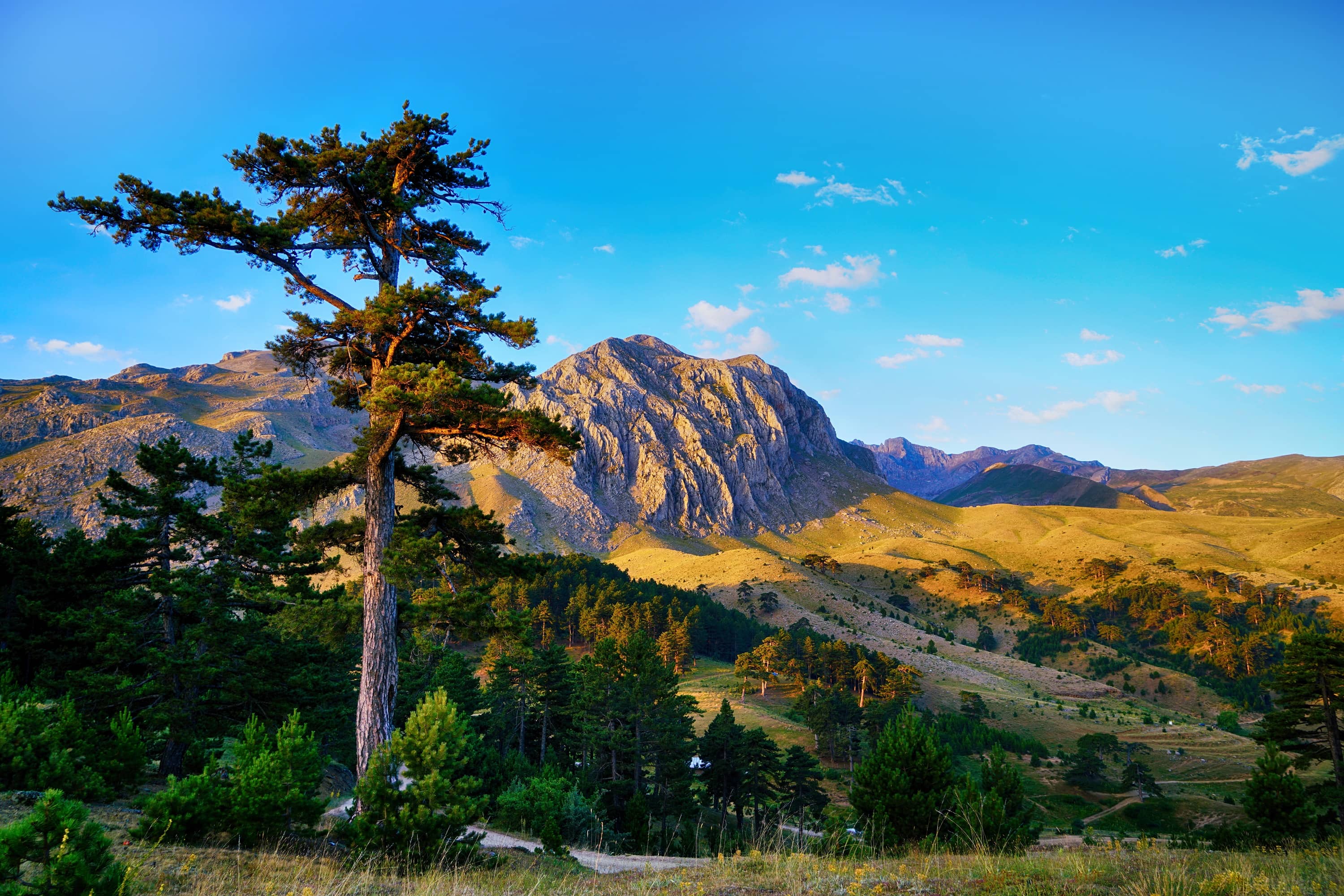
Çanakkale – Ayvalık
With panoramic views of the North Aegean, the Çanakkale-Ayvalık route is a unique experience highlighting the region’s vast cultural heritage, amazing nature, and pristine beaches. Beautiful landscapes of vivid blues and greens, ancient cities dotting the countryside, and fresh local products are just a few reasons the region is a favourite for road trippers travelling via bicycles, motorcycles, automobiles, or caravans.
Çanakkale, the route’s starting point, is a fascinating locale of chronicles from the past, especially if you reach the city by crossing the historical forest-covered Gallipoli Peninsula. In ancient Çanakkale, where traces of Homer’s Iliad and Odyssey epics linger, visitors can observe the millennia of history in the region. Just outside the ancient city of Troy is the outstanding Troy Museum, winner of the “2020 European Museum of the Year Special Appreciation Award” and the “2020/2021 European Museum Academy Special Award”.
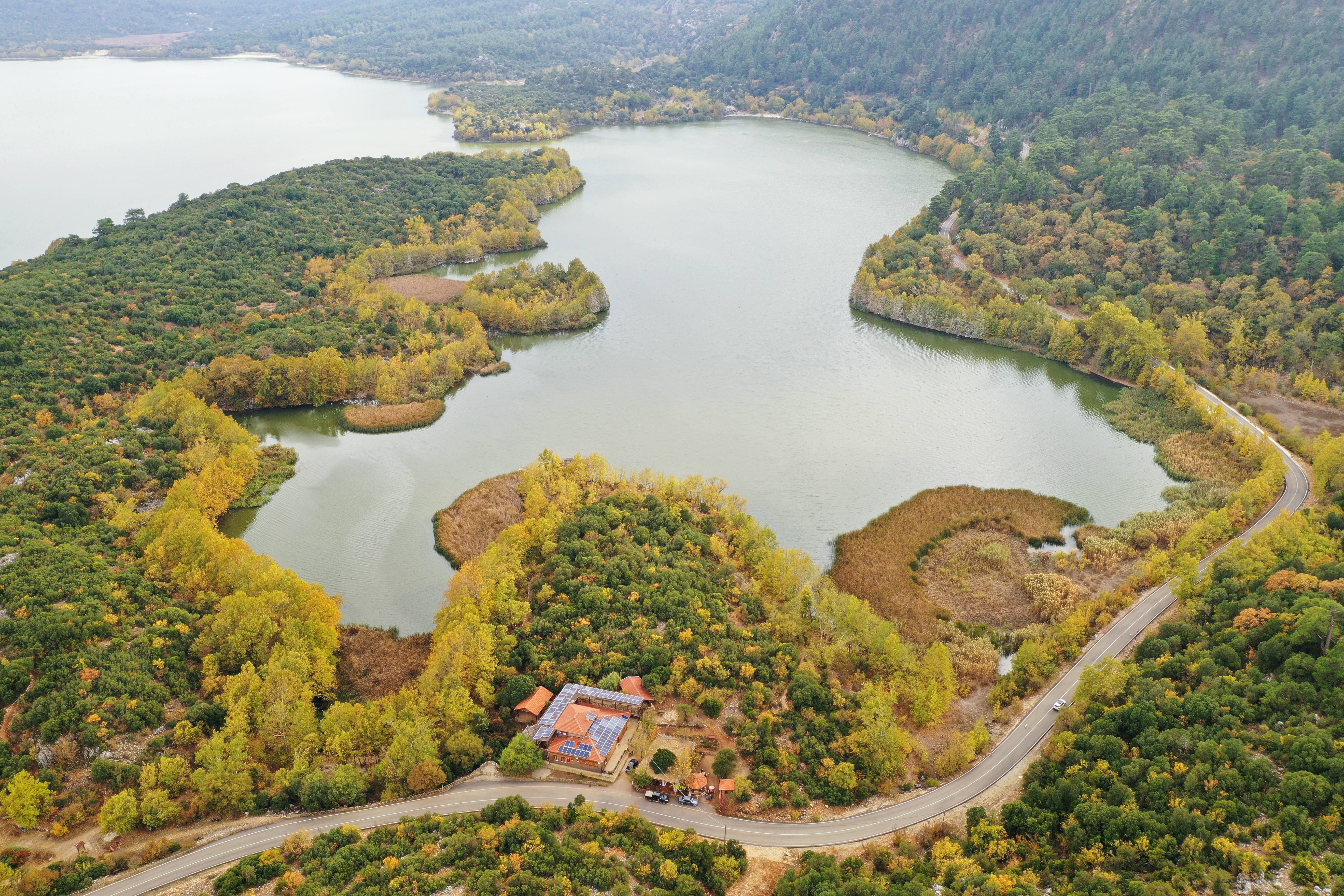
The ancient city of Troy is also the first stop on the Aeneas Route, the first and only cultural route registered by the Council of Europe that starts from Türkiye. The legendary Aeneas – the ancestor of Remus and Romulus, the founder of Rome – was said to have fled the burning city of Troy with his father and son, crossing Greece, Albania, and Tunisia, and arriving finally in Italy on ships he built with timbers from Mount Ida, in the region of the ancient city of Antandros in Edremit. Thus Antandros, the Turkish leg of the Aeneas Route, is particularly evocative. The area brings together natural and archaeological sites and rural landscapes, some of which are included in the UNESCO World Heritage list.
South of Çanakkale, in Ayvacık, is the ancient city of Assos. After basking along the deserted bays and beaches in Assos, visit some of the larger and small villages of the area, with their quaint stone houses. Then stop in Sivrice, the famous bay of Assos, for an unforgettable glamping experience. Surrounded by olive trees, the iconic Mount Ida of Homer’s epics is the perfect location for an evening alone with nature. Along the way to Ayvalık, the final stop, is the lovely seaside town of Altınoluk in the Edremit district. These fertile lands enriched by so many natural wonders, including Mount Ida National Park, Sütüven Waterfall, Hasanboğdu Pond and Şahinderesi Canyon, also host important spa centres. The Güre region, connected to Edremit, welcomes tourists worldwide each year to its spa centres.
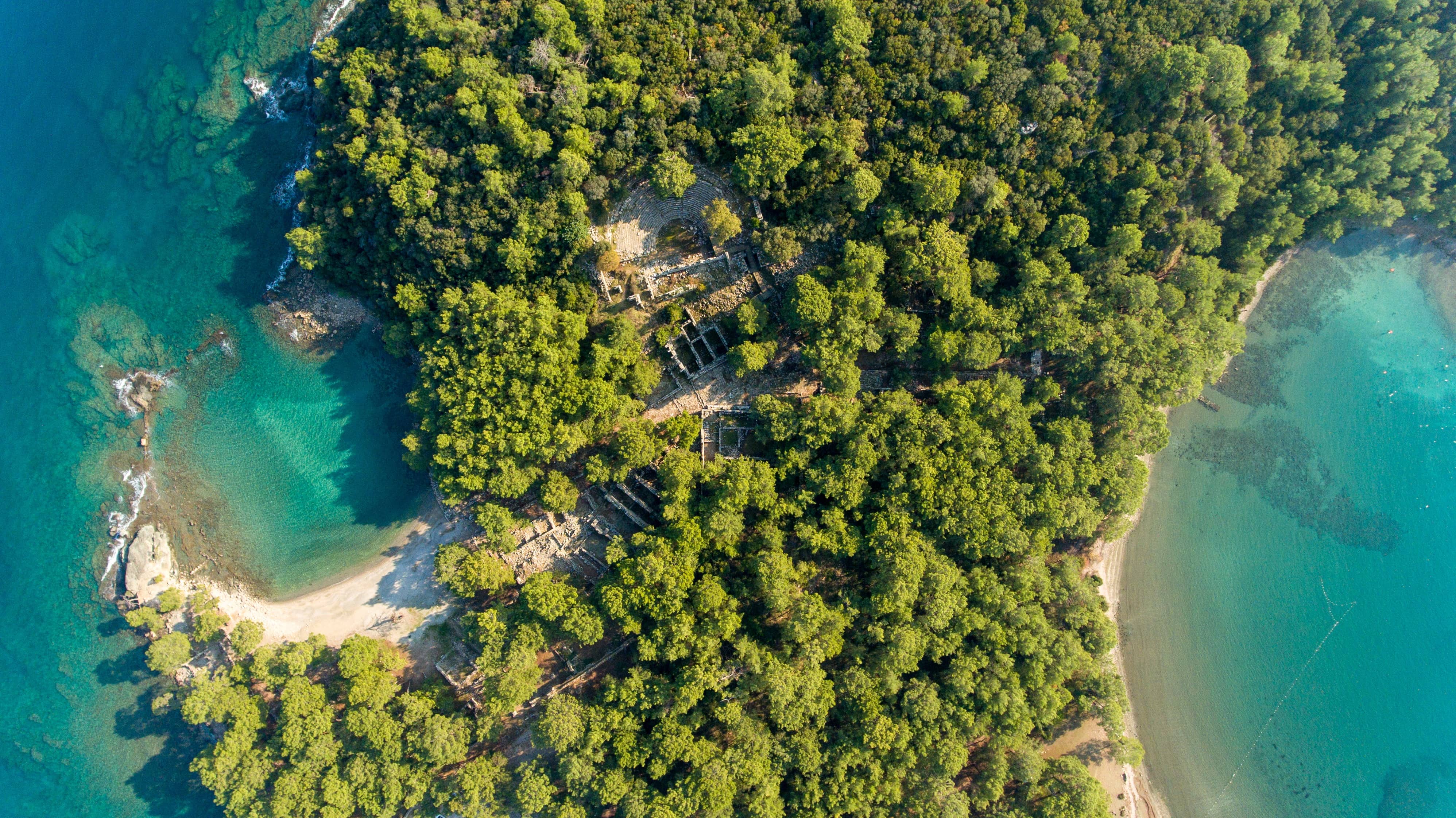
Ayvalık – Çeşme Route
After Ayvalık, you can follow the foothills of the Madra Mountains and the Bergama route and discover the ancient city of Pergamon. In İzmir, the heart of the Aegean, your following route may be the historic seafaring town of Foça. The town of Foça, with a historical area called Eski Foça, has scenic winding roads and breathtaking views. The Foça region, also mentioned in Homer’s epics, is named for the Mediterranean monk seal, now an endangered species. As in the past, Foça has fishing ports and a reputation for delicious seafood dishes.
Other delightful stops on this route are Urla, long renowned for its artichokes and recently famous due to its gourmet restaurants; Seferihisar, the “slow city”; Kuşadası, a centre of sea-sand-sun tourism; and Şirince, a charming town with outstanding local wines. And of course, the ancient cities of Miletos, Priene and Ephesus draw attention, as do the churches of the Seven Sleepers and the Virgin Mary. This magnificent geography offers rich beauty, history and cuisine.
The last stop on this route is Çeşme, a popular seafront holiday destination near İzmir, and Alaçatı, a picturesque resort with windsurfing schools and stone houses.
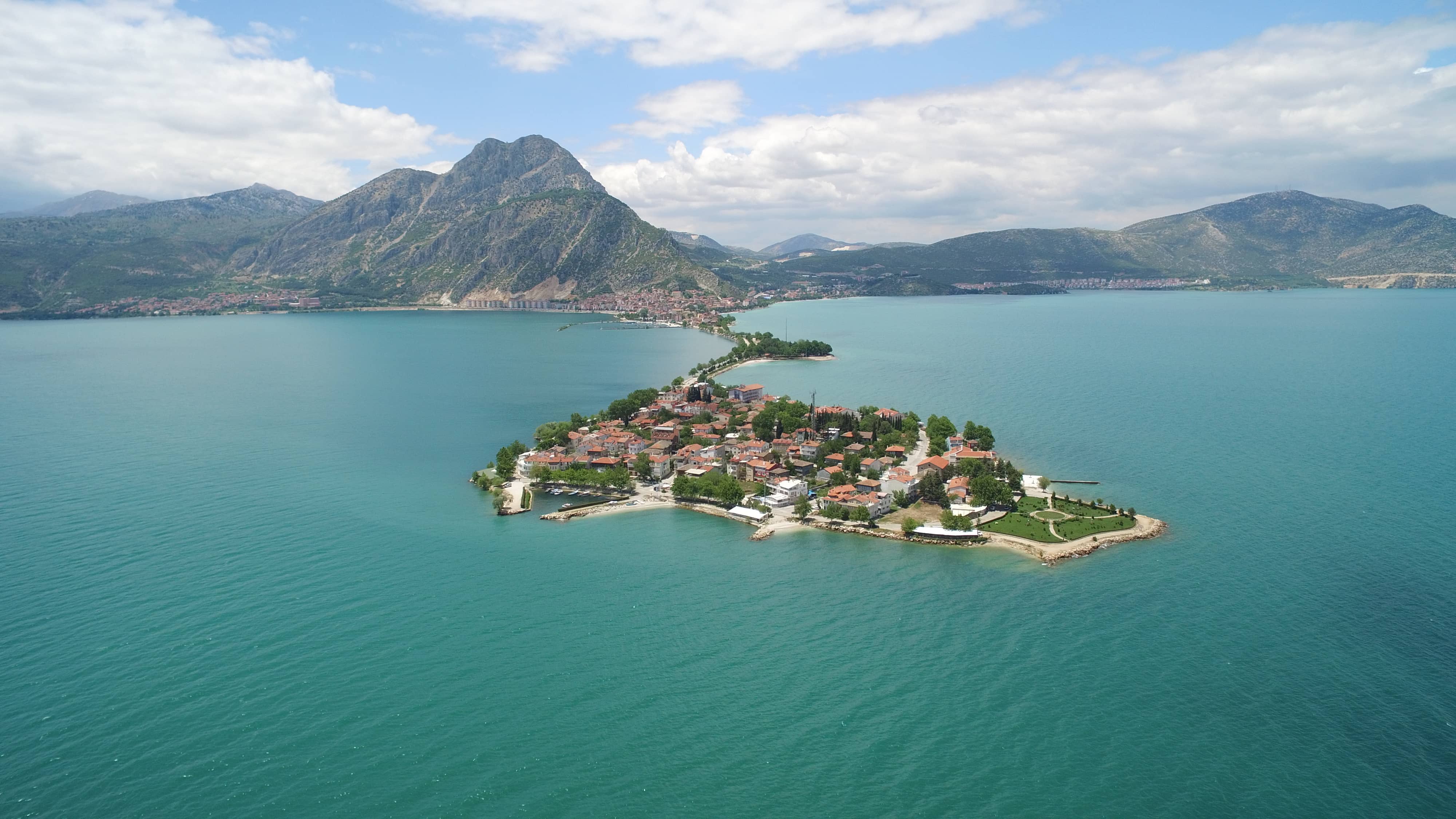
Kalkan – Antalya
An intriguing journey under the Mediterranean sun, where each curve on the road presents yet another stunning view of clear waters, deserted bays and lush mountains. This unforgettable route of unique landscapes and the traces of ancient civilizations is a Mediterranean dream on extraordinary roads… Can a trip be complete without experiencing the breathtaking beauty of Patara, Kalkan and Kaş, Olympos, Çıralı and Antalya?
With its ancient city and 12-kilometre-long beach, Patara is undoubtedly one of the region’s most spectacular locales. Considered among the most important cities of ancient Lycia, Patara retains its antique splendour with structures such as a theatre, parliament building, lighthouse, city arch, collonaded street, temples and churches. As well, Patara is the birthplace of St. Nicholas, also known as Santa Claus.
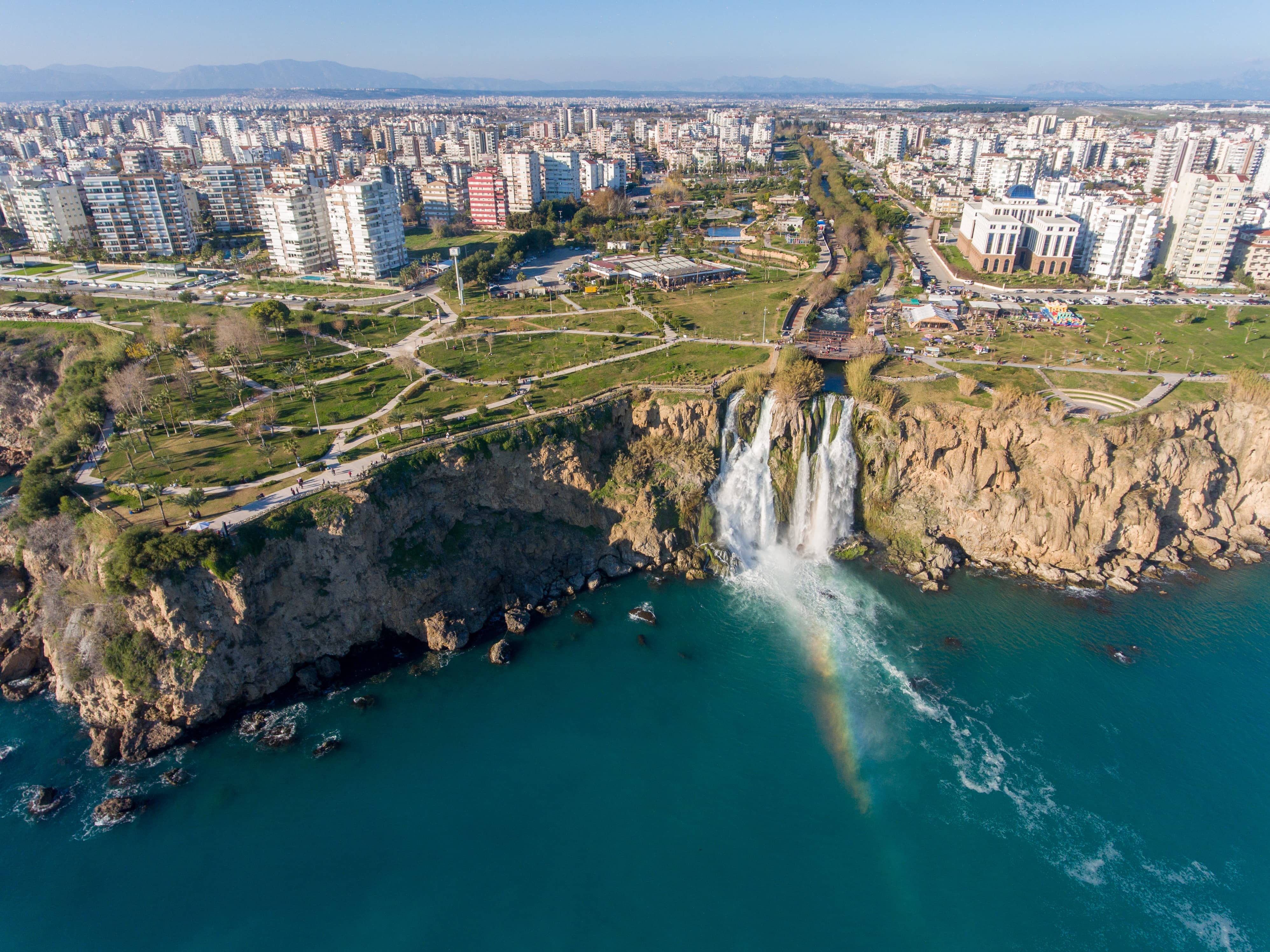
Demre, where Nicholas served as a bishop for many years and attained sainthood, is a historical stop on this famous route. The tomb of Saint Nicholas is in Demre, as is the historical church – a pilgrimage site particularly illustrious during the Middle Ages. If you are travelling in Antalya, the pearl of the Mediterranean, even more extraordinary sights await the easy-going Mediterranean town of Kaş; the tiny canyon mouth beach on the Kaş-Kalkan road, Kaputaş, the bohemian Olympos and Çıralı seaside villages and other magical places that you can encounter on this route…
You can explore the blue depths in Kaş, one of Türkiye’s and the world’s preeminent diving tourism centres, or you can observe traces of ancient Mediterranean civilizations under the waters on a daily boat tour in Kekova. When you bid farewell to the crystal-clear waters of Kaş and hit the road again, your next stop may be Çıralı. A habitat for the Caretta sea turtles, quiet and calm Çıralı is also near the ruins of the Olympos Ancient City, an important Lycian port. You should certainly spend a few days in Antalya, the route’s last stop. This city, where sea-sand-sun are in perfect harmony with nature and history, is worth seeing – even if only for the Antalya Archaeology Museum, where the magnificent works of different Mediterranean civilizations are beautifully exhibited.
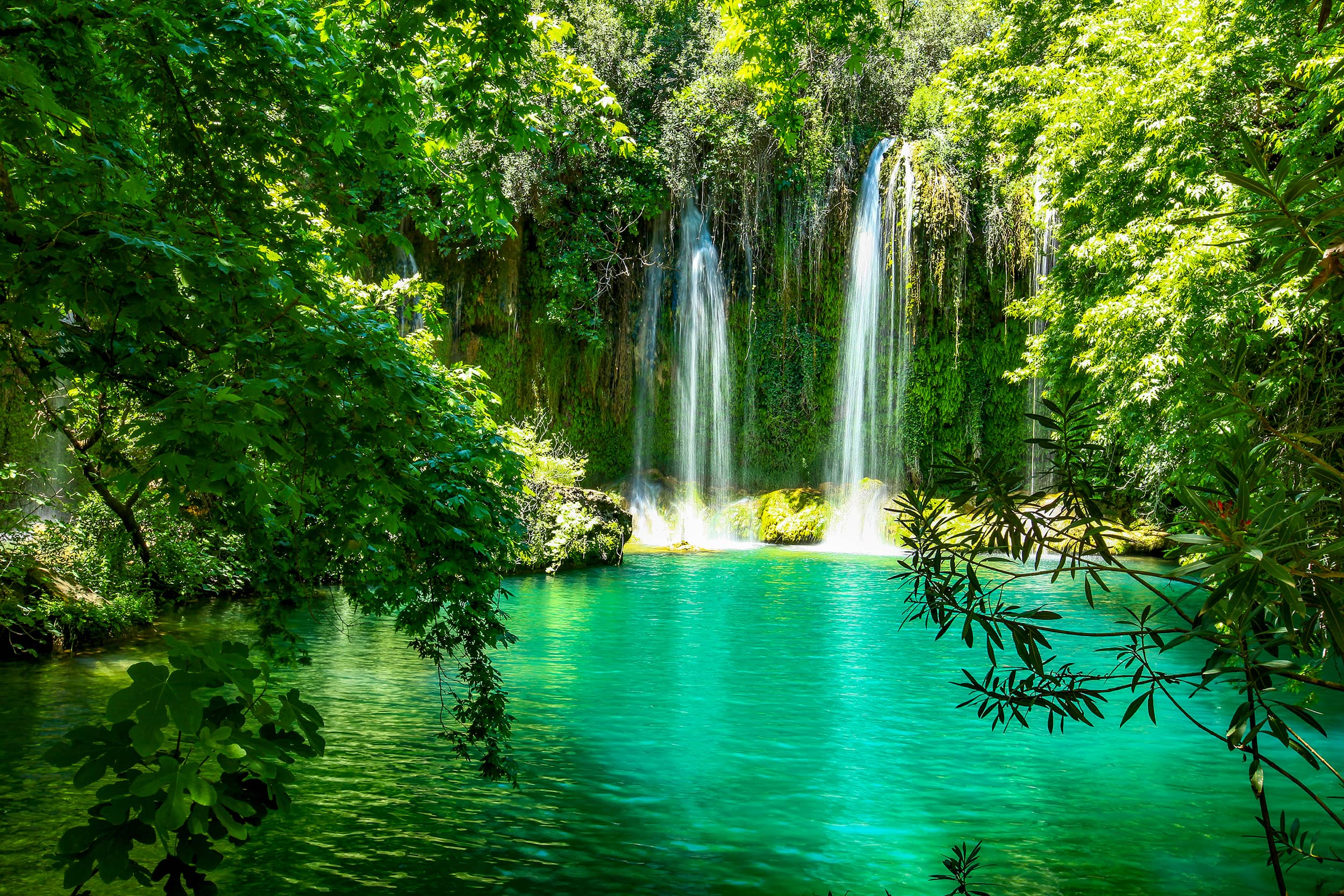
Eskişehir – Isparta
This route stretches from Eskişehir, a star shining ever more brightly each day with its vibrant urban life, to Isparta, the city of roses, offering the natural and modern beauties of Anatolia under your feet. In Eskişehir, the route’s starting point, visit the Odunpazarı Historical City Center, which is included in the Tentative List of UNESCO World Heritage Sites, and the Atlıhan Handicraft Bazaar, where you can see examples of the traditional handicrafts of the region. In addition, the Sepiolite (Meerschaum) Museum is the only one of its kind in the world.
The striking OMM Modern Museum opened in Odunpazarı in 2019 and is an unmissable stop for contemporary art enthusiasts visiting Eskişehir. When you leave Eskişehir and turn towards Isparta, you will encounter unique nature. Among these natural beauties are Yalvaç and Eğirdir, the calm Cittaslow cities of Isparta; the Kovada Lake National Park, a habitat for hundreds of bird species; Gölcük Natural Park, which hosts one of the rare crater lakes of Türkiye; Lake Eğirdir, a natural wonder with mesmerizing sunset views; and Kuyucak Village, dazzling with its lavender gardens. The area is also home to Saint Paul’s Route; this route is among those that Saint Paul, the first missionary in the history of Christianity, took during his missionary travels. Saint Paul’s route, a pilgrimage journey for more than two thousand years, is quite challenging. Along with the Lycian Way, Saint Paul’s Route is one of the best-known hiking routes in Anatolia.
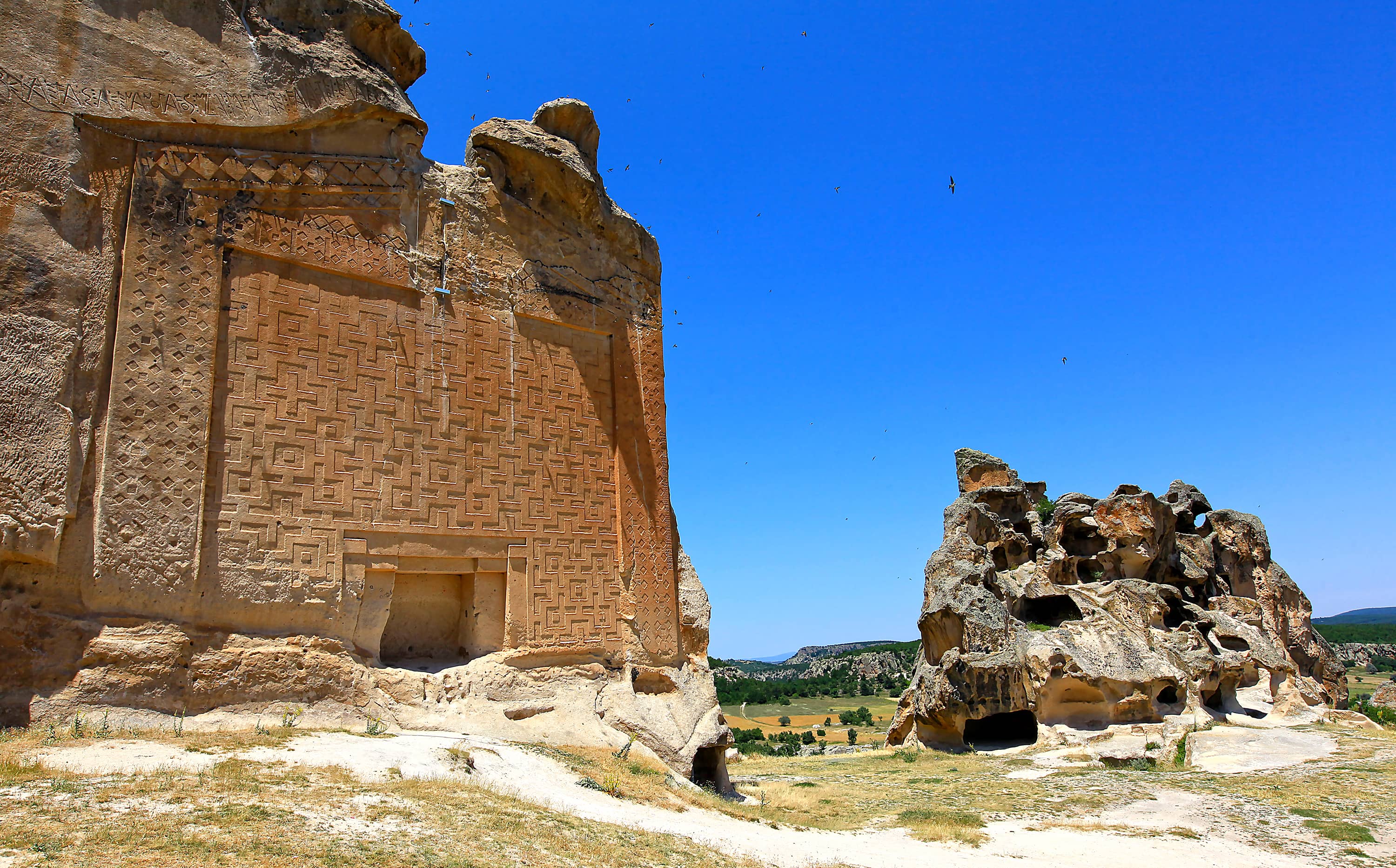
Bolu – Çamlıhemşin
This lush route begins in Bolu, famous for its gorgeous lakes, to Çamlıhemşin, the highland paradise of Rize. The beautiful Black Sea coastline comprises majestic landscapes – splendid green forests and azure waters. If you wish, you can start the route from Yedigöller National Park, the backdrop to Bolu’s picture-postcard beauty, and head towards Safranbolu, featuring narrow streets lined with wooden houses with bay windows. Verdant Kastamonu and the historical port cities of Sinop and Samsun, which amaze with their natural beauty, are among the other stops on this lovely route. If time permits, climb the steep slopes of these cities to observe the radiant landscapes that are also the source of life.
The next stop on this famous route is Ordu, home to the rough and cool waters of the Black Sea and lush forests. The Perşembe and Çambaşı plateaus, the Çiseli and Uzundere waterfalls, and Geçilmez Canyon are just a few of the sights of Ordu, as is Yeşilce Village, where modern life blends beautifully with simplicity. If you can tear yourself away from these reflections of heaven on earth, the Sümela Monastery in Trabzon awaits. This Orthodox monastery is on the Tentative List of UNESCO World Heritage Sites with its dramatic cliffside setting. If your final stop is in Çamlıhemşin, the Ayder, Pokut, Gito and Sal plateaus offer an atmosphere redolent of fairy tales. In addition, the Black Sea cuisine, enhanced by numerous local and regional herbs and organic products, makes your trip even more extraordinary.
